It is a truth universally acknowledged, that Hokkaido is a land rich in nature. Mountains and volcanoes, lakes, and forests dot this northernmost main island of Japan and fortunately, many are well-preserved and remain quite under-the-radar, especially those in Eastern Hokkaido. Apart from holding superlative titles in the country and/or possessing unique qualities, some of these natural landmarks are steeped in history and age-old mystery, and have even become sources of inspiration for modern fantasy.
There is another truth that those who have been reading this blog for a while might have acknowledged, that I am a huge fan of the Pokemon video games. I have done many fangirl’s pilgrimage trips around Japan to visit the real-world places that have inspired the in-game locations and I treasure every single location, but if I have to pick my most memorable trip, my trip to Akan Mashu National Park (inspiration for Distortion World, Turnback Cave, Sendoff Spring, and Lake Valor in the Pokemon Diamond/Pearl/Platinum games) in Eastern Hokkaido is the one. I first heard of the national park more than ten years ago thanks to Pokemon and since Distortion World has remained the most fascinating Pokemon locations for me to date, I naturally looked forward to visiting the national park the most.
Let me tell you a little story of my struggles before I could make this trip happen. I visited Hokkaido for the first time during my summer break in August 2019, but as bad luck would have it, a very heavy rain hit Hokkaido on the day I was supposed to travel from Kushiro to Akan Mashu National Park and all trains and buses in Hokkaido had to be suspended until night time. Safety is the most important, but I was still dejected because the next day, I had to go to another city several hours from Eastern Hokkaido and it wasn’t possible to visit Akan Mashu National Park anymore. Then came COVID-19 and border closures in 2020. I was stranded at home in Bangkok until Japan started reopening for people with existing student visa in September 2020. I thought that summer 2021 would be my last chance to revisit Hokkaido and get to Akan Mashu National Park before graduation. And finally, I could realize my decade-old dream in August 2021.
Although my visit to Akan Mashu National Park began as a flight of fancy, it has become even greater because of the existing mystery and history in the area, as well as the serene beauty. Let’s explore everything together in this post.
Due to the disconnected and infrequent public transportation between each area in Akan Mashu National Park, driving and joining the Pirika Regular Sightseeing Bus Tour are the best ways to visit the national park. As someone who hasn’t learned to drive yet, I booked the Pirika Bus Tour, which is a daily one-day tour operated by Akan Bus and starts from Kushiro City. The tour takes participants to the three major lakes of Eastern Hokkaido (Lake Mashu, Lake Kussharo, and Lake Akan) plus the active volcano Mount Iozan. If you can drive, I would suggest driving yourself and spending one day at your own pace or even two days in Akan Mashu National Park (overnighting in Lake Akan area) to see and do more. But for people who can’t or don’t want to drive, the Pirika Bus Tour is the most convenient and efficient way to see all the major parts of the national park. The tour is conducted in Japanese only, but I still had a great experience. The guide who led my tour was very kind and tried her best to support me who was the only foreigner in the group and spoke little Japanese.
The tour started out gloomily. As a background, Kushiro is the foggiest city in Japan and summer months see more foggy days than not. From my own experience, the whole Eastern Hokkaido region is usually foggy in summer too. Having spent a total of seven summer days in Eastern Hokkaido, I saw sunshine only for two days, with all seven mornings being foggy.
But as I was losing hope of seeing Akan Mashu National Park at its finest, the fog gradually disappeared as the bus approached our first stop, Observation Deck No. 1 at Lake Mashu.
I couldn’t believe my luck, how my trip to Akan Mashu National Park ended up being the sunniest trip among all my days traveling in Eastern Hokkaido. Interestingly, Lake Mashu’s reputation is synonymous with two contradictory words: foggy and clear. The lake is more often than not obscured by fog so heavy that there is an old Japanese song called Kiri no Mashuko (Foggy Lake Mashu) dedicated to it (the guide on my tour even sang the song during the bus ride!). But at the same time, it is also considered the most beautiful and clearest lake in Japan. At one point, it was even clearer than Lake Baikal, but it dropped to the second place in the world now due to landslides, with visibility of 20-30 meters. In addition, Lake Mashu is 212 meter-deep, making it one of the deepest lakes in Japan.
Lake Mashu is a caldera lake surrounded by 300-meter-high lush green cliffs. Nowhere else in Japan can you see a lake being surrounded by dramatically tall caldera walls like this. There is also Kamuishu, a small island in the lake that is actually a 240 meter-tall lava dome. Although it is prohibited to do any activities in Lake Mashu or even go down to the shore of the lake, this is a good decision to preserve its beauty. The mirror-like surface of Japan’s clearest lake looked captivating reflecting the sky and I want this unique shade of Mashu Blue to remain as blue as can be for years to come.
Although the fog gives Lake Mashu mysterious air and I got to see Lake Mashu on a rare sunny summer day, the non-foggy version of Lake Mashu is somehow surrounded by even darker imagery. Lake Mashu was formerly called Lake Mashin meaning Lake of the Devil in the indigenous Ainu language (the earliest settlers in Hokkaido) and local legend has it that a spirit resides under the lake. To add, there was an ancient superstition that those who saw the surface of Lake Mashu would be cursed with bad luck.
You see… we all on that tour saw Lake Mashu’s surface because it wasn’t foggy during our visit. I guess I haven’t become more unlucky than before and I actually felt lucky to have witnessed the crystal clear reputation of Mashu Blue.
Still, I think these local legends made the visit even more intriguing. Lake Mashu is also the real-life counterpart of Sendoff Spring in Pokemon Platinum and the games were faithful to both the lake and the surrounding cliffs. Kamuishu Island also inspired the misty and mysterious Turnback Cave that serves as a portal to Distortion World, a dimension on the reverse side of the world where time doesn’t flow and space becomes irregular. Distortion World is also the abode of Giratina, the legendary ghastly dragon Pokemon that symbolizes antimatter and fallen angel as counterpart to Dialga that represents time, Palkia that represents space, and Arceus which is the universe creator and God of the Pokemon world. This is probably a reference to Lake Mashu’s sinister lore in the real world. As a Pokemon geek who is fascinated by Distortion World and the symbolisms in Pokemon Diamond/Pearl/Platinum—so fascinated that I wrote a short story set in fog-shrouded Lake Mashu with supernatural elements inspired by the real-world legends, Pokemon lore, and the anime/manga Yu-Gi-Oh! for my German Writing class nine years ago when I was still capable of German to a certain extent—finally being able to see the serene and mysterious lake with my own eyes means a lot to me.
Lake Mashu also offers Observation Deck No. 3, where you can get a better view of the lake, Kamuishu Island, and Mount Mashudake compared to the view from Observation Deck No. 1; as well as a seven-kilometer caldera rim walk that leads to the top of Mount Mashudake. There are tours for viewing the sea of clouds above Lake Mashu in the morning and stargazing at night too. But as a one-day tour participant who unfortunately had like 30 minutes at the lake, it was impossible to go further from Observation Deck No. 1 area. If you drive and have more time, do consider these other activities.
The second stop on the Pirika Regular Sightseeing Bus Tour is Mount Iozan or Sulfur Mountain.
Akan Bus dropped us near Iozan Visitor Center and not too far from the fumaroles. No need to hike up and down, we all walked the rocky terrain to get a closer look at the sulfur steaming out of the rugged and mostly bare volcano. Mount Iozan may be relatively short with the height of 512 meters, but the massive fumes sure made us visitors feel humbled.
Please be careful and don’t get too close to the fenced off area.
After Mount Iozan, Akan Bus took us to Lake Kussharo.
With the perimeter of 57 kilometers, Lake Kussharo is Japan’s largest caldera lake, but while Lake Kussharo is much bigger than Lake Mashu, the spot that the tour takes visitors to is admittedly not as dramatic. Everyone is given around 20 minutes by the sandy lakeshore. There are sunayu (foot bath with naturally heated sand and hot spring water thanks to Lake Kussharo’s volcanic origin) and swan boat rental service. Swimming isn’t allowed as the lake water is highly acidic, but admiring the clear lake surface was enough for me.
In the middle of Lake Kussharo is Nakajima Island, also known as Nakanoshima, and is actually a stratovolcano. Although Nakajima Island is the biggest lake island in Japan, visitors aren’t allowed to visit the island (unlike the same-name Nakajima Island in Lake Toya where visitors can enjoy a short nature trail). Still, the island makes for a beautiful view and Pokemon Diamond/Pearl/Platinum players should take note that Lake Kussharo and Nakajima Island are fictionalized as Lake Valor and the island where Azelf, the legendary lake guardian Pokemon of willpower, resides.
Peaceful, unlike that time Commander Saturn tried to bomb Lake Valor under Team Galactic’s operation to drain the lake and capture Azelf in the Pokemon games.
Non-Pokemon fans can also enjoy the mystery of Kussie (pronounced Kusshii in Japanese) the lake monster. Yes, Lake Kussharo is compared to Loch Ness due to reports, photos, and videos of the cryptid said to be living under the water from the 1970s to as recent as the 1990s, as well as older reports that trace back to as far as the ancient Ainu times.
While Kussie is often reported as having horse-like head, being dark brown, and giving off disturbing air, the Statue of Kussie and the lake monster paraphernalia sold at the rest house Retara Chip by Lake Kussharo are obviously Nessie-inspired and made to look like a cute plesiosaurus. Even the name Kussie. It was still fun to browse the souvenirs and look at the Kussie-related newspaper cutouts inside though.
The last stop on the Pirika Bus Tour is Akanko Onsen Town and Lake Akan area, which serves as inspiration for the recreational area of Valor Lakefront and partially for Lake Valor in Pokemon Diamond/Pearl/Platinum as well.
Tour participants get around two hours to freely roam around Akanko Onsen Town and Lake Akan. That seemed like a lot of time, but in fact, it wasn’t enough for me. I sadly had to skip the forested trail that leads to Bokke boiling mud pools and Lake Akan sightseeing boat tour to the island with the exhibition and observation center dedicated to the rare marimo algae balls that can grow as big as 30 centimeters.
For the two hours that I had, I chose to have my first brush with the Ainu people’s culture. Also situated in Lake Akan area is Japan’s largest remaining Ainu settlement called Akanko Ainu Kotan (Lake Akan Ainu Kotan) with around 120 inhabitants in 36 residences. I will save the more detailed stories of Ainu people for a future post, but for now, I would like to preface that Ainu people faced heavy cultural assimilation in a seemingly homogenous country like Japan. In recent years, there has been more effort to support Ainu people’s rights and preserve their culture, but challenges still remain. Akanko Ainu Kotan is one of the very few places in Japan where we can see how Ainu people preserve their traditions while innovating, and experience the Ainu culture through activities and workshops (for those who have more time).
Lake Akan Onsen Street that leads to Lake Akan Ainu Kotan is lined with Ainu people’s woodcarvings. As hunter-gatherers who highly respect nature and believe in animism, the Ainu handicraft draws inspiration from the abundance of Hokkaido nature. Owls and brown bears are especially common in the Ainu works.
On the way to the Ainu village is Lake Akan Tsuruga Wings, an onsen hot spring hotel. Everyone is welcome to admire their freely-accessible Nitai Gallery, which exhibits many Ainu woodcarvings and paintings by local Ainu artists, including the late famous Ainu woodcarver, Takeki Fujito. The winged Ainu totem pole in the hotel lobby is his work.
Playing with light and shadow for a bit.
Every piece at Lake Akan Tsuruga Wings is beautiful and you can feel Ainu people’s bond and reverence for nature of Hokkaido in their lively woodwork and paintings.
After exiting Nitai Gallery at Lake Akan Tsuruga Wings and approaching Akanko Ainu Kotan, public art is still all around.
Lake Akan Ainu Kotan is a short street flanked by cultural facilities, restaurants, and colorfully decorated and intricately carved wooden houses selling self-produced Ainu art and craft. I first headed for Cafe & Restaurant Poronno for lunch. For over 40 years, they have been cooking up Ainu food and creatively combine local Ainu ingredients with more modern recipes as well.
Since traditional Ainu cuisine contains meat that I don’t eat like venison and boar, I opted for a dish of tasty pizza made with Ainu Poche Potato and local wild vegetables.
After lunch, I planned to either watch dramatized Ainu dance performance or puppet show at Ikor Theater, or visit the Ainu Cultural Heritage Museum Onne Cise, but… I didn’t know that they were temporarily closed due to COVID-19.
It was a pity, but I could use more time to take in the shops’ fancy facades and browse the folk craft at the various souvenir shops.
While there are similar handmade items, each shop features their own original works too. The smaller items are also affordable, costing under 500 yen, such as wooden owl keyrings, wooden bear magnet, stationery with Ainu patterns, etc.
I could still look at the exterior of the Ainu Living Memorial Hall or Poncise as well. Poncise means small house in the Ainu language and the houses in Akanko Ainu Kotan are recreation of traditional Ainu houses for 4-5 people.
Before the Pirika Bus Tour took us back to Kushiro, I returned to Lake Akan Tsuruga Wings once more for their garden by Lake Akan.
The hotel garden is decorated with more Ainu wood craft and also the flowery replica of Mount Oakan.
The real Mount Oakan is 1,370 meters tall and can be seen across Lake Akan.
Mount Meakan is more spread out and consists of more mountains, so it can’t be seen in its entirety from Lake Akan Tsuruga Wings. Mount Oakan and Mount Meakan are paired in the Ainu tradition as the man mountain and the woman mountain.
Although we can’t have much time per place when joining a one-day tour, I am thankful there is this option available for people who don’t drive like me. Akan Mashu National Park is such a majestic natural landmark filled with history and mystery that inspire fancy and I am beyond happy I finally made my ultimate Pokemon geek’s dream come true on this visit. Eastern Hokkaido can be time-consuming to travel to and around and I don’t know if I will have another chance to visit, but who knows. If I can return in winter, Akan Mashu National Park will be one of my priorities for sure.
Guide
Lake Mashu
When to visit: Always accessible, but facilities around Observatory Decks aren’t operating 24/7.
How to get there: All the destinations that I listed in this post are part of the Pirika Regular Sightseeing Bus Tour by Akan Bus. Everyone can join this one-day tour from Kushiro Station Bus Terminal, where Akan Bus ticket office is also located. Please find the itinerary and more details on Akan Bus official website.
To get to Kushiro in the first place, take the Limited Express Ozora train from JR Sapporo Station to JR Kushiro Station.
Entrance fee: Lake Mashu is free to visit, but the Pirika Bus Tour that starts and ends in Kushiro costs 6,000 yen. (Though if you get off at Lake Akan, it will cost 4,700 yen. See the full price list here.)
Mount Iozan
When to visit: Always accessible, but Iozan Visitor Center and the facilities aren’t open all day.
How to get there: The stop after Lake Mashu on the tour.
Lake Kussharo
When to visit: Always accessible, but the rest house and other facilities aren’t open all day.
How to get there: The stop after Mount Iozan on the tour.
Lake Akan and Akanko Onsen Town
When to visit: Always accessible, but shops and restaurants are probably mostly open after 9am.
How to get there: The stop after Lake Kussharo on the tour.
Lake Akan Tsuruga Wings
When to visit: Probably always accessible, but if you aren’t the hotel guests, visiting the Ainu art and craft gallery and the lakeside garden during the day may be better.
How to get there: Walk for less than five minutes from the bus stop.
Akanko Ainu Kotan
When to visit: The village itself is always accessible, but to enter cultural facilities, shops, and restaurants, go during the day. Please also check the varying hours of each place on Lake Akan Ainu Kotan official website.
How to get there: Walk for just one minute from Lake Akan Tsuruga Wings.
Entrance fee: Some facilities aren’t free to enter, such as Ikor Theater and Onne Cise, so check the official website for admission fees.
Cafe & Restaurant Poronno
When to visit: Hours vary depending on the seasons, so please find the complete details on Poronno offcial website.
How to get there: Located in Akanko Ainu Kotan.
Feel free to check out my other Pokemon location hunting trips and my other NCT location hunting trips as well as my other fangirl’s pilgrimage trips.
* Apologies for submitting this post late to some of the photo challenges. I am sorry for still being very slow with responding to older comments and your new posts due to my work.
This post is also part of the Lens-Artists (week #223: Flights of Fancy), Sunday Stills (Mysterious), Photographing Public Art Challenge (recent challenge), Water Water Everywhere (recent challenge), Weekend Sky (recent challenge), and Which Way (recent challenge) Photo Challenges.




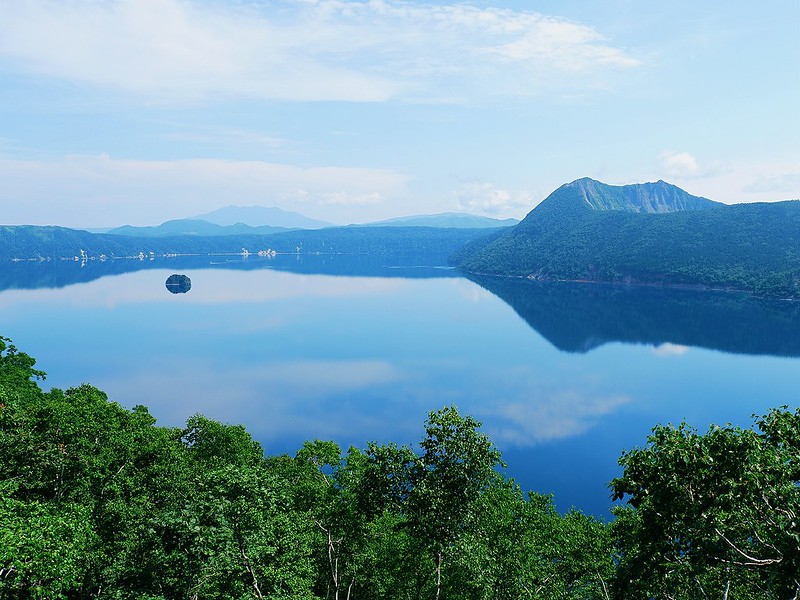




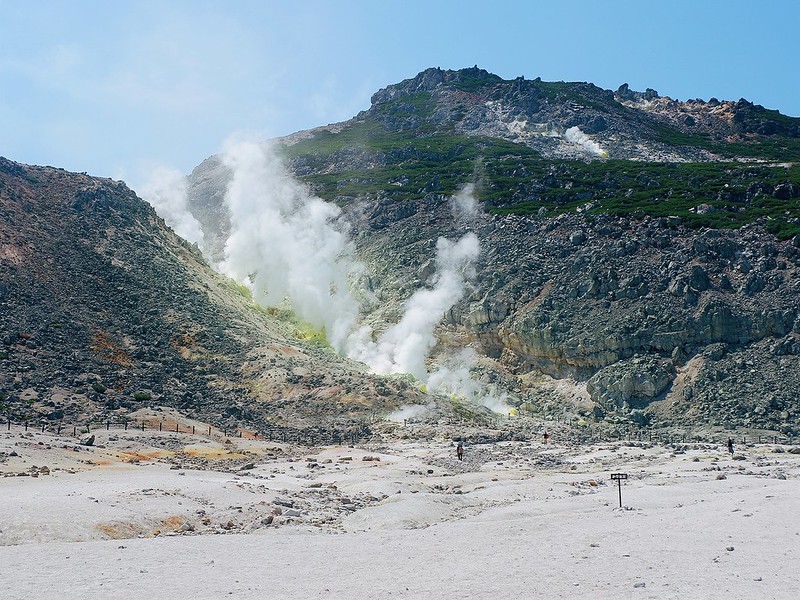



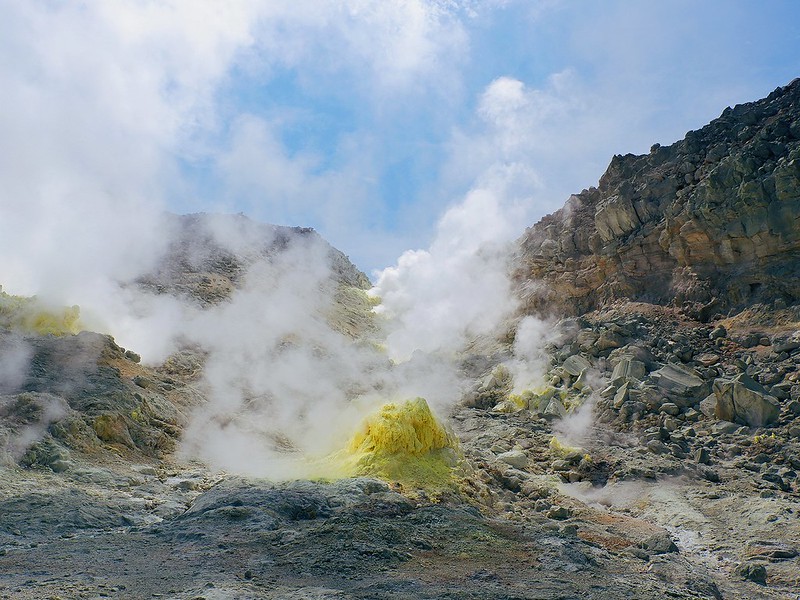

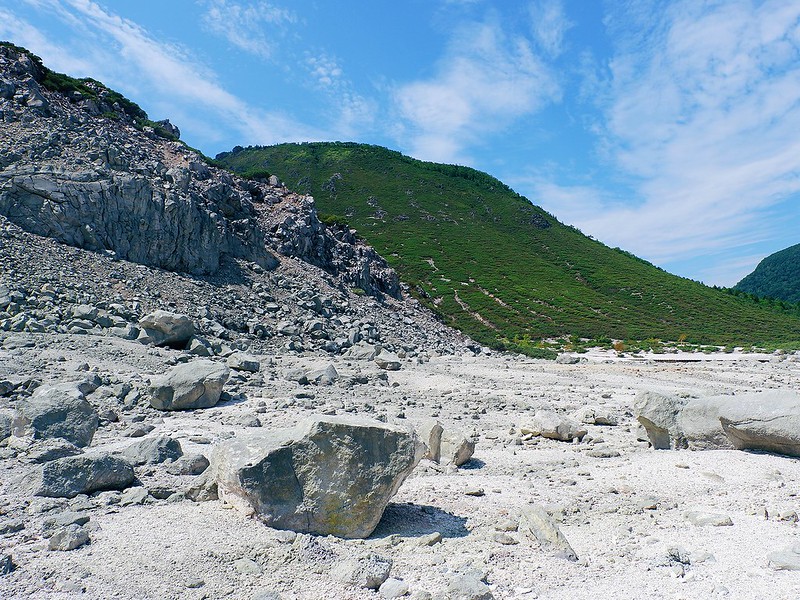




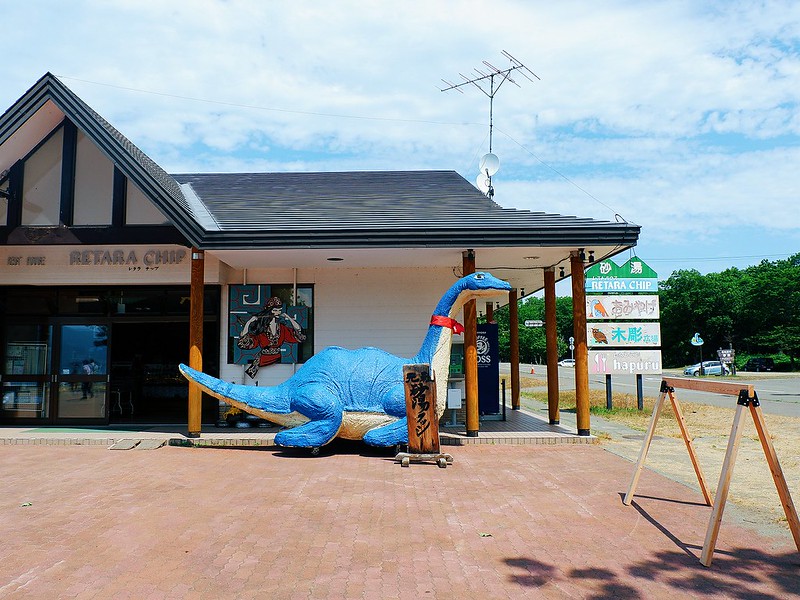


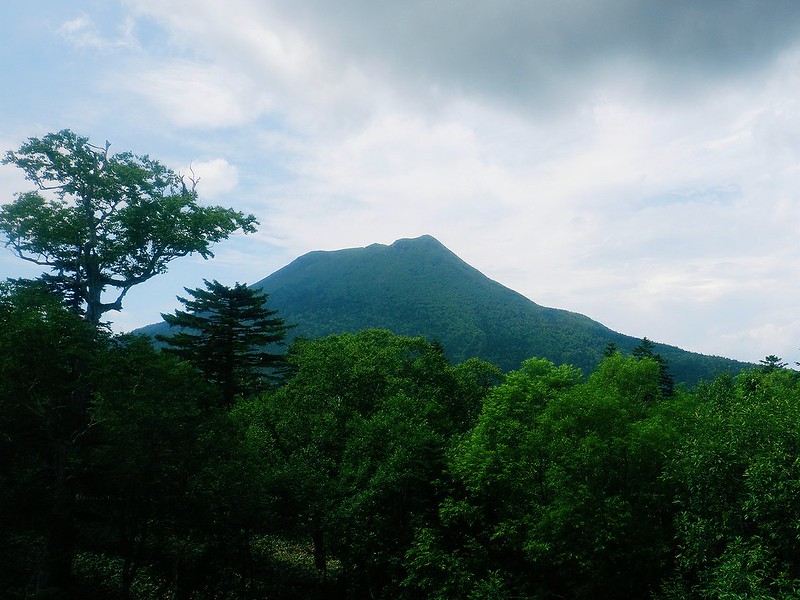


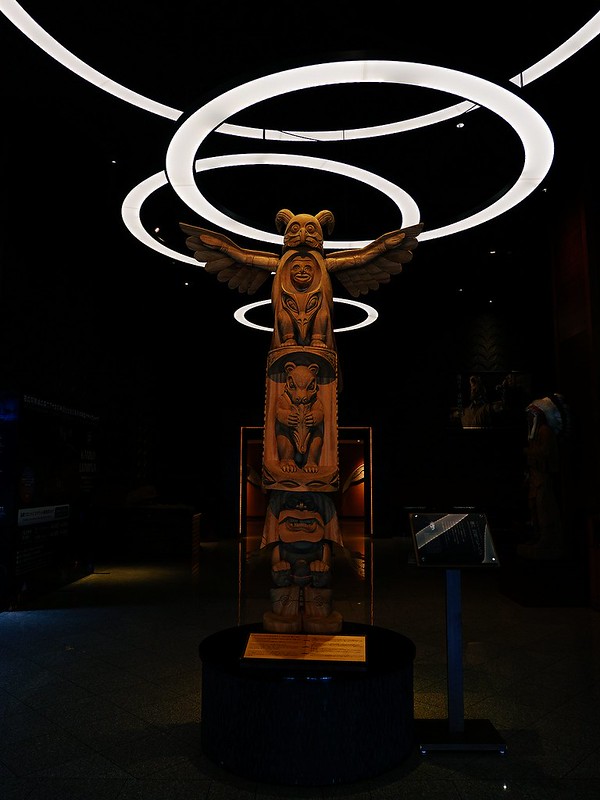
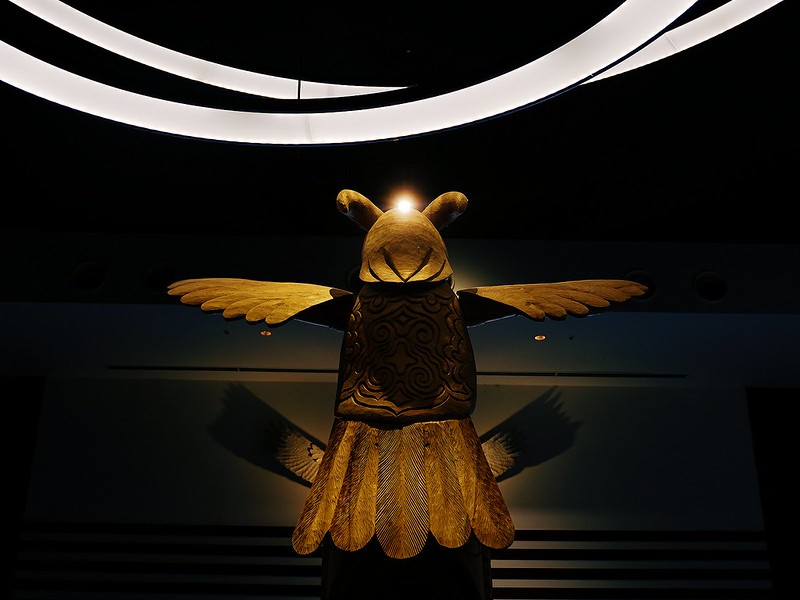
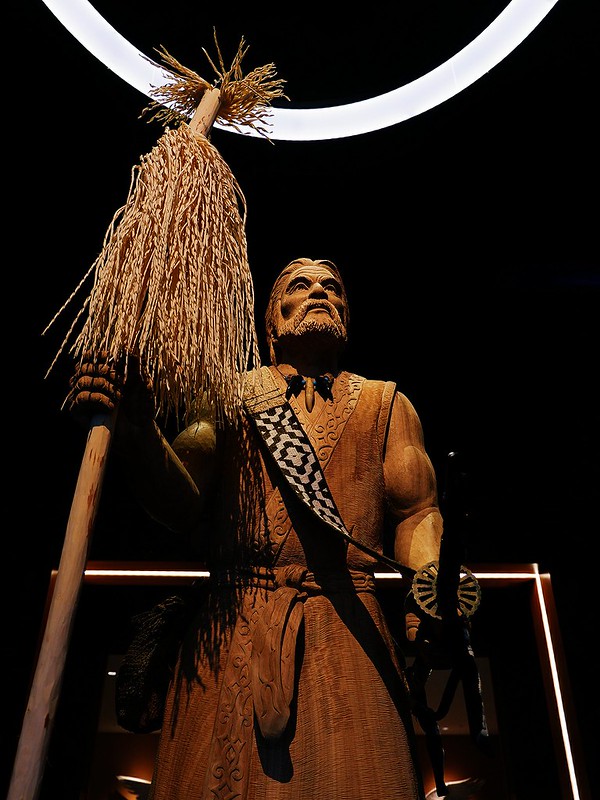

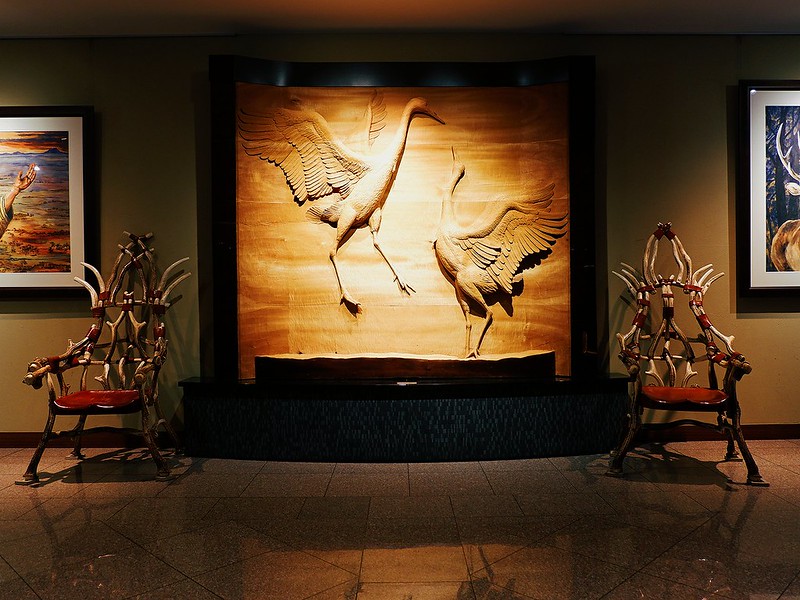
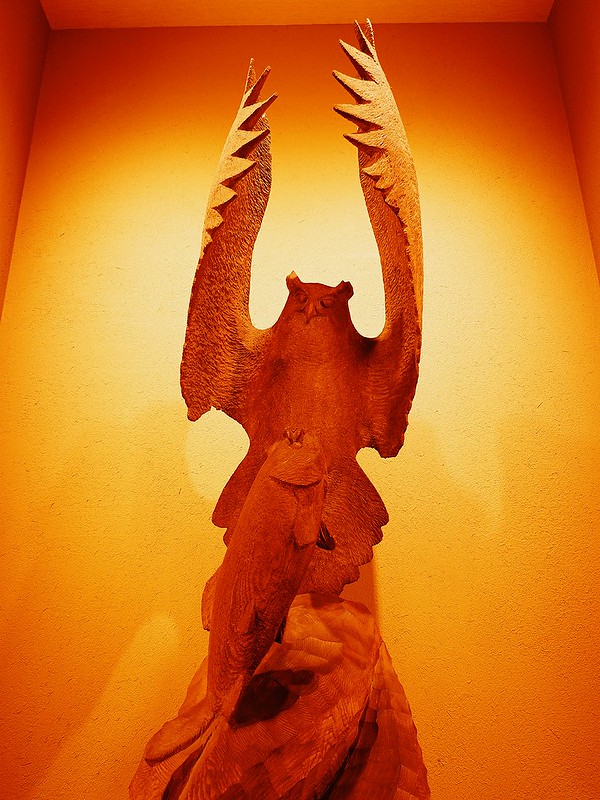
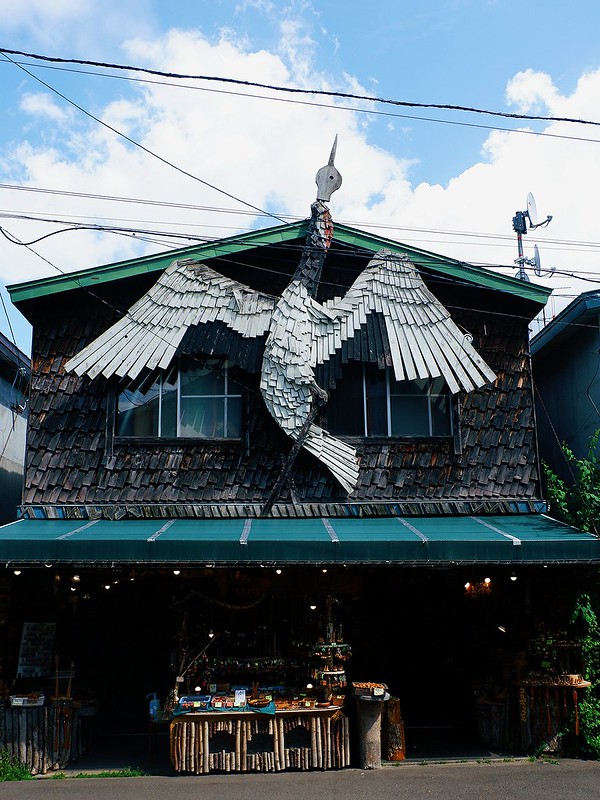

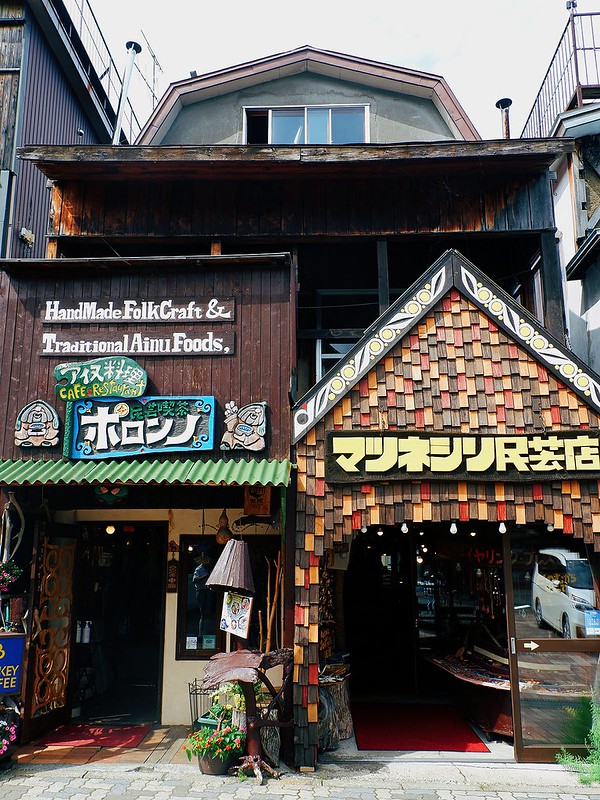
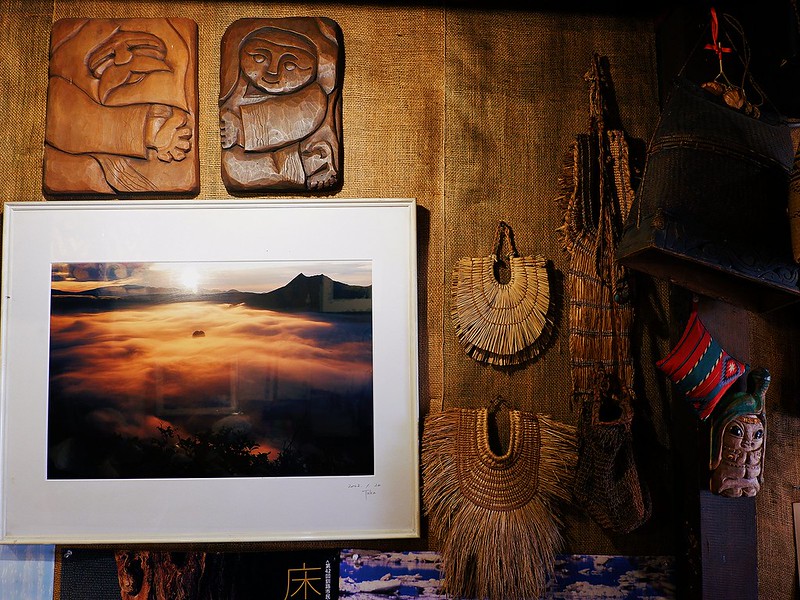


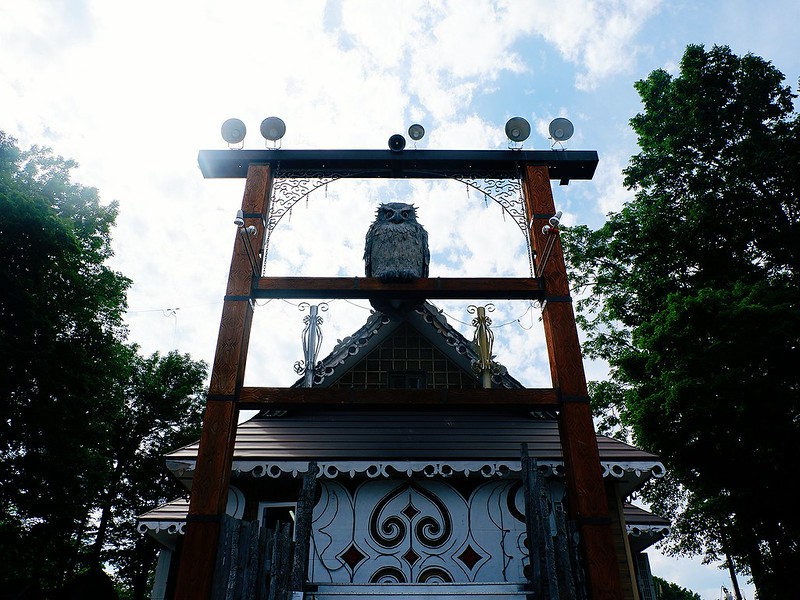

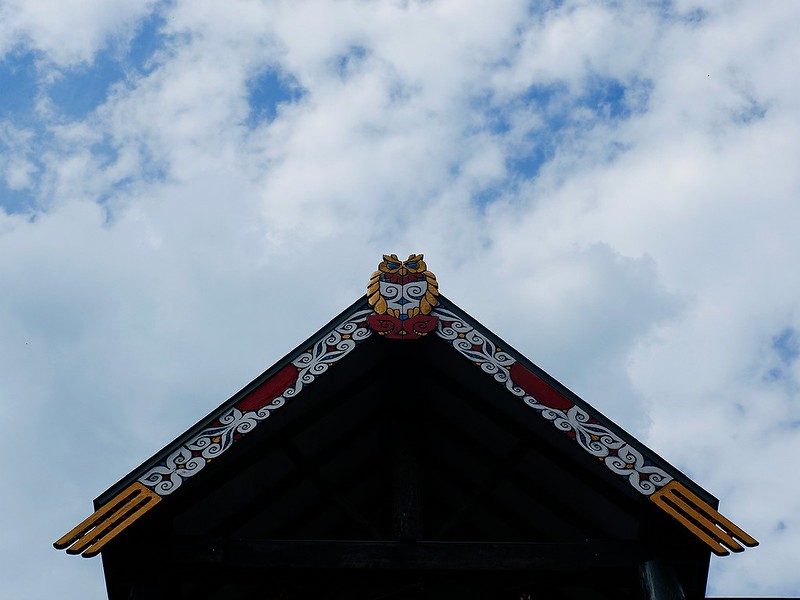
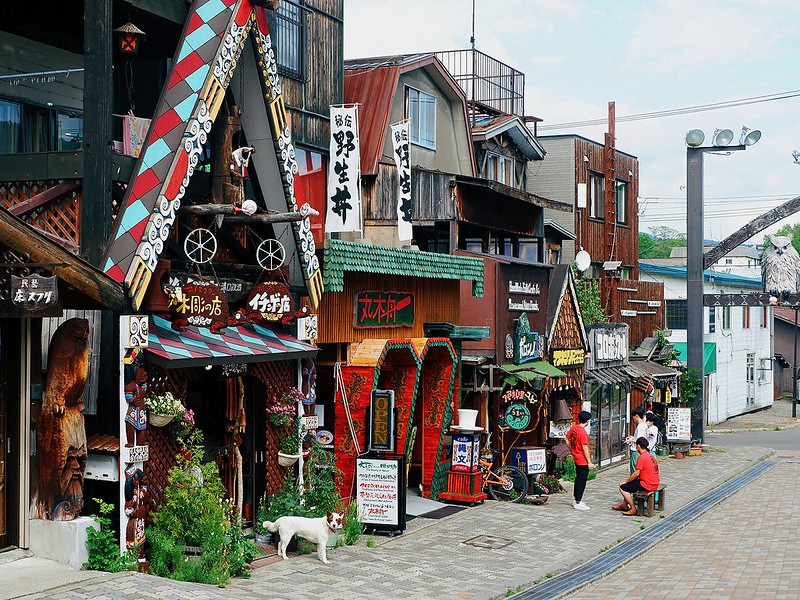


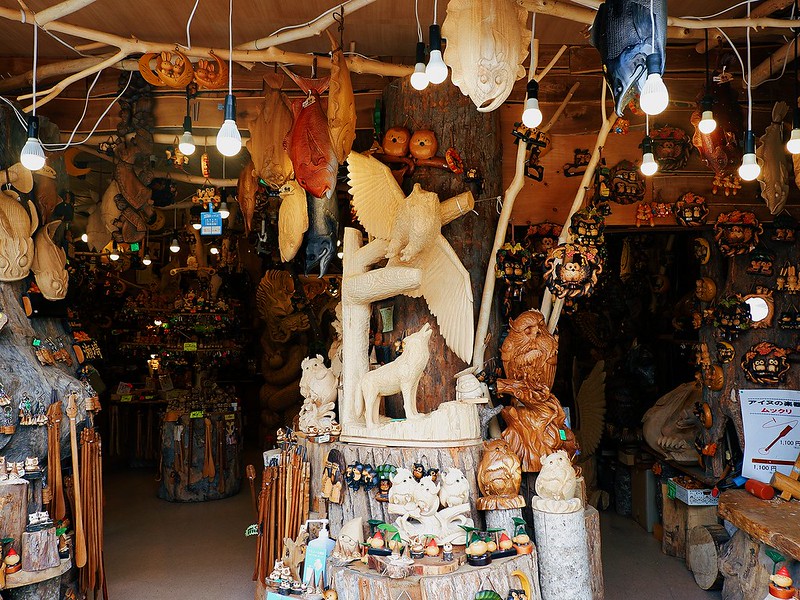

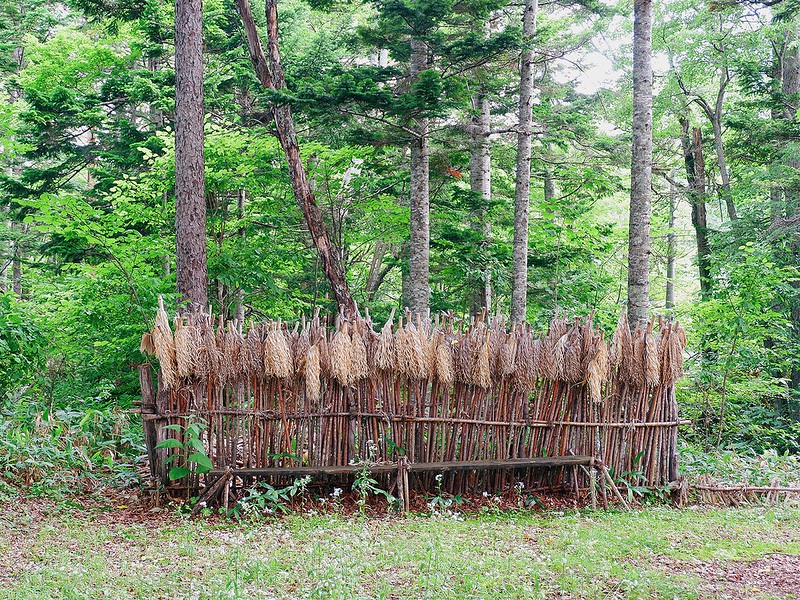
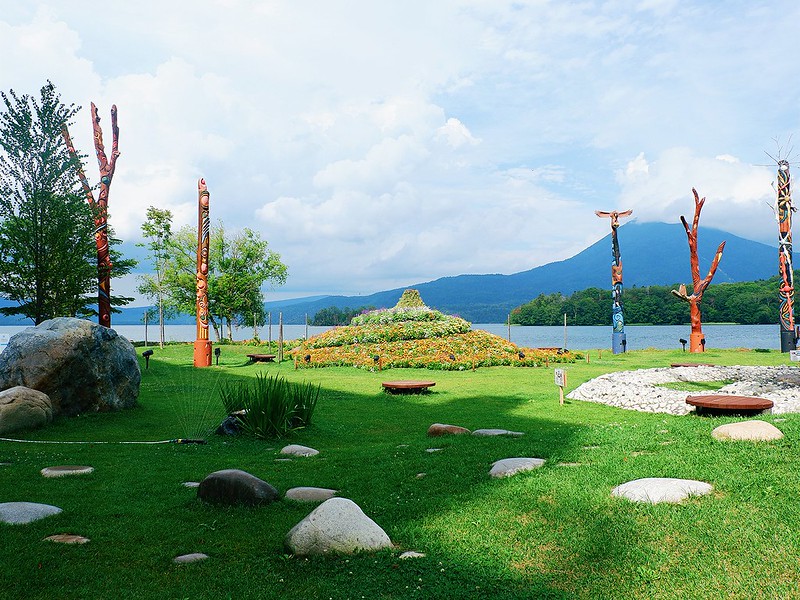


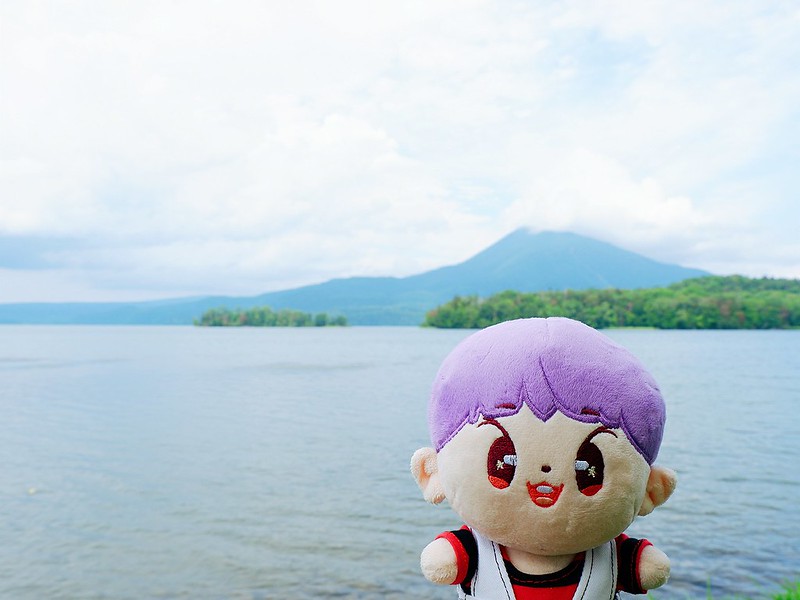

I enjoyed the images and narration of your trip. Japan is one of my flights of fancy. I’d love to spend some time in that part of the world. Thanks for sharing your beautiful images of the lakes and volcano.
LikeLike
Thank you so much. I hope your Japan flight of fancy becomes a reality. Hokkaido, the region where these lakes and mountains are, might be your kind of place, so I hope you can visit the region.
LikeLiked by 1 person
[…] Space Stories By Gift […]
LikeLike
Such amazing sights to see, Gift! I linked this to my current trails and paths post today so people can stop by and read this. I’m sure there were many trails along the lakes.
LikeLike
Thank you so much, Terri! I was late, but I’m glad this still works for paths and trails and appreciate the link back.
LikeLiked by 1 person
Gift, I can’t believe how much you squeezed into one day. I think taking a tour is the way to go your first trip out. You had some beautiful pictures, not only of the lovely scenery – breathtaking but the art is spectacular as well. I loved the bird on the side of the building. typically we have horses in this area and cows where we came from in California. Very seldom do we get a magnificent building-sized bird! 🙂 Thanks for sharing.
LikeLike
Thank you, Marsha! I normally travel with trains and public buses, but this bus tour is truly the best way to tour the vast national park in one day, except self-driving. The buildings in Akan Ainu Kotan area are really eye-catching and beautiful. The bird is a red-crowned crane and in Japan, these cranes can only be found in Eastern Hokkaido (where the national park is). The building arts are truly amazing and tell us about the nature and culture there.
LikeLiked by 1 person
You introduce me to areas I’ve never seen. Thanks again. Your posts never disappoint.
LikeLike
[…] SPACE STORIES BY GIFT – POKEMON SIGHTSEEING AT ITS BEST […]
LikeLike
Wonderful post as always, Gift. Your photos are so beautiful.
LikeLike
Thanks so much, Sofia!
LikeLiked by 1 person
What an amazing tour you had, Gift 👏 The shots of all the lakes were fantastic & I believe you were lucky to see them, despite the superstitions 😃 I would have been on one of swan boats in the middle of the lake 😂
LikeLike
Thank you very much, Jez. Glad you agreed about the good luck. If you visit Eastern Hokkaido and the Akan Mashu National Park, I’m sure you’ll enjoy driving around on your own and have time for the swan boat ride, haha!
LikeLiked by 1 person
[…] Teshikaga, Japan: Journey into Fancy, History, and Mystery at Akan Mashu National Park – SPACE STO… […]
LikeLike
Lovely photos, great post!
LikeLike